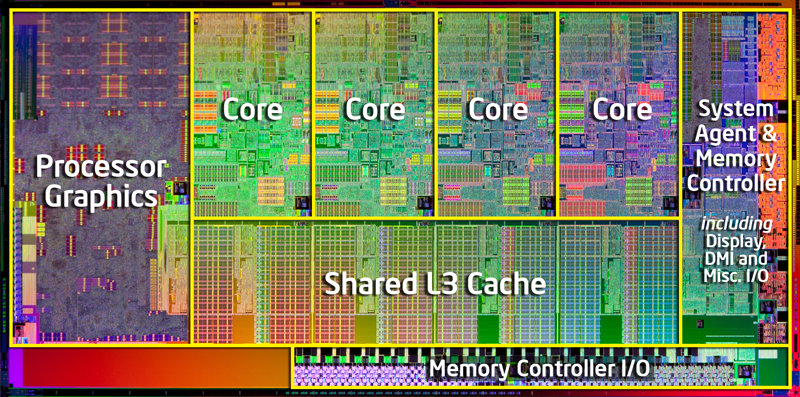- Mar 10, 2006
- 11,715
- 2,012
- 126
So I was thinking, everyone's thinking that 4 module/8 core BD is going up against 4 core SNB, right? If Bulldozer 8 core isn't faster than SNB, we have a serious problem, and here's why:
How many transistors in a Bulldozer? 213/module * 4 modules = 852 million transistor. Then add in 8MB L3 cache. To roughly estimate this, I reference http://www.anandtech.com/show/2836 which says a Phenom II x4 has 758 mil transistor and an Athlon II x4 has 300M. So that's 758 - 300 = 458 mil for 6 mb L3 cache, so this gives us roughly 610 cache transistors. Adding we see: 852 + 610 = 1462 million transistors.
So if BD 8C is slower than SNB 4C (which has roughly 850 mil total CPU transistors), then Intel can provide the same or better performance with nearly half the transistors. This would be disastrous to AMD. This is why people claiming an 8C BD will sell for $320 is AMD's attempt to "gain marketshare" is ridiculous -- the costs of building this thing are HUGE!
Thoughts?
How many transistors in a Bulldozer? 213/module * 4 modules = 852 million transistor. Then add in 8MB L3 cache. To roughly estimate this, I reference http://www.anandtech.com/show/2836 which says a Phenom II x4 has 758 mil transistor and an Athlon II x4 has 300M. So that's 758 - 300 = 458 mil for 6 mb L3 cache, so this gives us roughly 610 cache transistors. Adding we see: 852 + 610 = 1462 million transistors.
So if BD 8C is slower than SNB 4C (which has roughly 850 mil total CPU transistors), then Intel can provide the same or better performance with nearly half the transistors. This would be disastrous to AMD. This is why people claiming an 8C BD will sell for $320 is AMD's attempt to "gain marketshare" is ridiculous -- the costs of building this thing are HUGE!
Thoughts?
Last edited:



